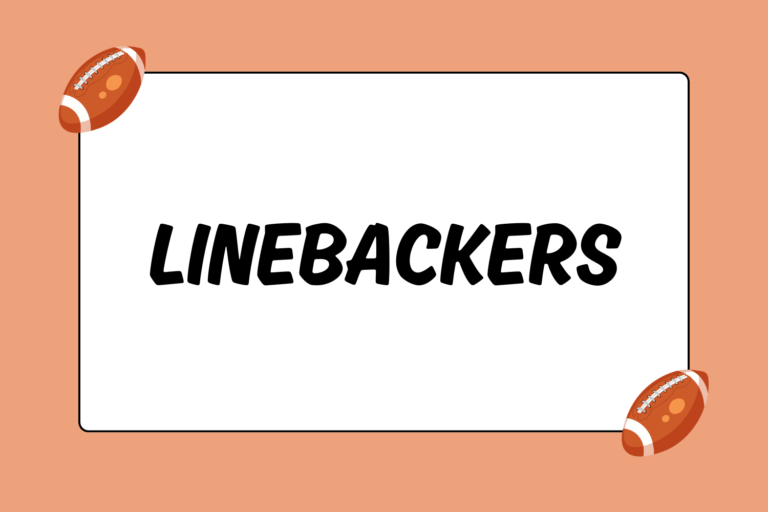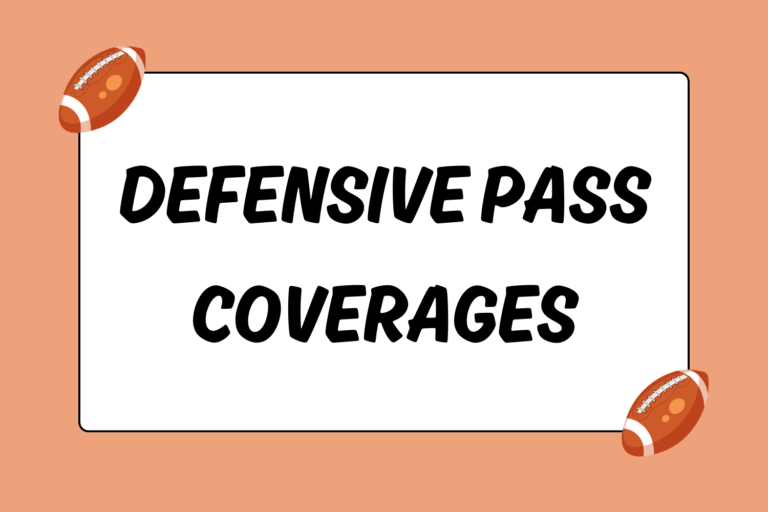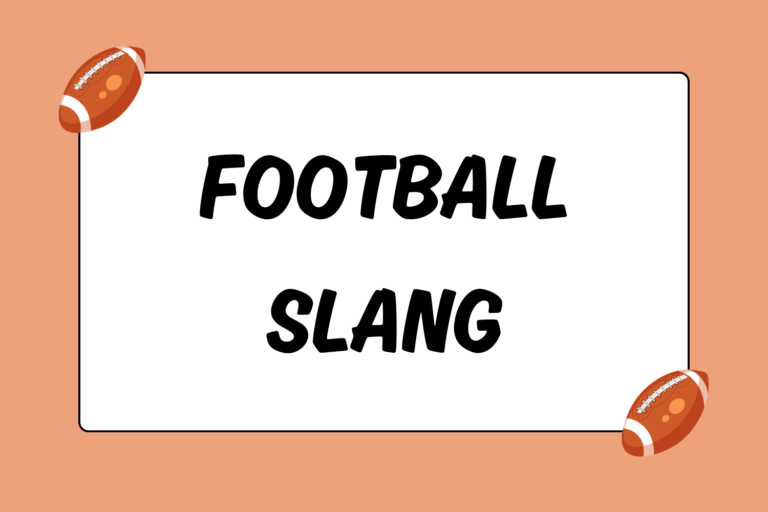To advance the ball, the offense uses a variety of run and pass plays; the number of each type that get used depend both on the offense’s success at executing these types of plays, and the defense’s success at defending them. Because a variety is usually so crucial — that is, because few teams can afford to rely only on one type or the other — teams will use different Offensive Formations in executing those plays. Some formations are designed for mostly run plays, others mostly passes, and some are created specifically for both run and pass plays. This guide features an examination of some of the more common offensive formations in use today.
Offensive Formation Structure
Regardless of the different characteristics, there are rules pertaining to player arrangement and structure that ALL formations must abide by to be considered legal:
- At least seven players must be arranged on the LOS (line of scrimmage). More than seven is allowed, but not less than seven is considered a violation.
- Any player not positioned on the LOS must be at least one yard behind it.
- Any player who is not an eligible receiver (almost always the O-linemen) cannot move beyond the LOS until the ball crosses it.
- All players, except those in motion, must be set for at least one full second before the ball is snapped.
The rules pertaining to the legality of offensive formations also differ from one league/format to another. For example, forward motion — sending an eligible player in motion toward the LOS — is illegal in the NFL, but used frequently in running game strategy in the CFL.
Common Offensive Formations
Here are four of the more common offensive formations in the game. Though there are definitely more formations than the few listed here, these are among the most common formations in use today and learning them will make it much easier to understand other formations down the road.
I Formation
The ‘I’ Formation is one of the most common running formations in the game (though passing plays are definitely feasible out of this arrangement). The traditional I Formation involves the five offensive linemen, tight end, and two wide receivers on the LOS. The two running backs in the back field are lined up in a straight line directly behind the quarterback in the shape of an “I” — hence the name of the formation.
Some variations on the I Formation:
- Substitute the tight end for a third wide receiver
- Substitute a wide receiver for another tight end
- No wide receivers at all, just additional tight ends for blocking (used mostly in goal line situations)
- Substitute a wide receiver for a third running back
- Place one running back behind the guard and tackle on the strong side of the back field
- Place one running back behind the guard and tackle on the weak side of the back field
- Substitute all receivers for additional tight ends/linemen- Also called the Goal Line Formation
Because this formation employs two running backs, it’s a popular choice from which to attempt rushing plays. One of the two running backs is often responsible for being a ‘lead blocker’—that is, their primary job is to clear the space that the other ball carrier is going to run through of any defensive players.
However, passing plays are not uncommon from the I Formation, and play action pass plays work particularly well from the arrangement, since most defenses anticipate a run play.
Pro Formation
The Pro Formation — also commonly known as ‘Split Backs’ or ‘Pro Set’ — is one of football’s more versatile offensive formations. The offense can effectively run a number of different plays, both run and pass, off specific variations of this formation, and its flexibility makes it very difficult for the defense to accurately predict what kind of play will be run.
The base formation has the normal five O-linemen, a tight end, two wide receivers, and two running backs behind and off to each side of the quarterback.
Some variations of the Pro Formation:
- Substitute the tight end for a third wide receiver
- Substitute a wide receiver for another tight end
- No wide receivers at all, just additional tight ends for blocking (used mostly in goal line situations)
The variety of plays available from the Pro Formation is noticeably more extensive than the selection available under the I Formation, mostly due to the arrangement of the running backs. With a running back one each side, the quarterback can quickly decide which direction a run play should head; on a pass play, the running backs can easily run a pass route or block defenders.
Hot Tip: Formations vs. Schemes
It’s important to understand that there is a big difference between offensive formations and offensive scheme. An offensive scheme is the overall identity created by the types and kinds of plays a team utilizes on offense.
The formations used by a particular team are a large part of that identity, but it’s worth noting that it’s somewhat inaccurate if someone refers to a particular team’s scheme by a specific formation. Rather, the formation itself is likely a popular one in that scheme.
Singleback Formation
Just as the name implies, the Singleback Formation features only one running back in the backfield. Also commonly referred to as the ‘Ace’ Formation, the Singleback Formation is often utilized for pass plays, though it can be made more versatile through different variations. The base formation has the five normal O-linemen, a tight end, three wide receivers, a quarterback, and running back in the backfield.
Some variations of the Singleback Formation:
- Substitute the tight end for a fourth receiver
- Substitute a receiver for a second tight end
- Substitute the running back for another receiver- also called the Empty Backfield Formation
- Substitute all receivers for additional tight ends/linemen- a variation of the Goal Line Formation
Most defenses anticipate pass plays from the Singleback Formation because of the three receivers. It’s not unusual to see a run play from this formation if the defense is obviously arranged to defend against a pass play — in that scenario, several defensive players would likely be pulled back from the LOS, which would give the running back a slight advantage during a run play.
Shotgun Formation
A pass-heavy arrangement, the Shotgun Formation gets its name from the way it scatters receivers across the field — much like buckshot scatters and spreads when fired from a shotgun.
The base formation features the five O-linemen, a tight end, three receivers, a quarterback, and a running back. The Shotgun’s most notable characteristic is that it arranges the quarterback in the backfield (with the running back to one side or the other), which necessitates a reduced version of a long snap to get the ball from the center to the quarterback.
Some variations of the Shotgun Formation:
- Substitute the tight end for a fourth receiver
- Substitute the tight end and running back for a fourth and fifth receiver
- Substitute a receiver for a second tight end or second running back
- Substitute two receivers for a second tight end and a second running back
The main strategy behind the Shotgun Formation is to give the quarterback a positioning advantage, often for preparing to throw. When the QB is lined up under center, he/she must retreat several steps to be in the right position to pass the ball which takes time and makes the QB more vulnerable to attacking defenders. In the Shotgun, the QB can catch the ball from the center (which is riskier than a normal snap) and already be in position to make a pass. The QB is also able to see the offensive and defensive players sooner and more clearly throughout the play.
Just the Basics
Again, these are not the only offensive formations that exist, nor are the variations listed for each the only options as well. The I, the Pro, the Singleback, and the Shotgun (as well as their variations) are just some of the more common formations that are currently used at all levels of the game. New formations and arrangements are created every season, and as long as a formation meets rule criteria, anything goes.





